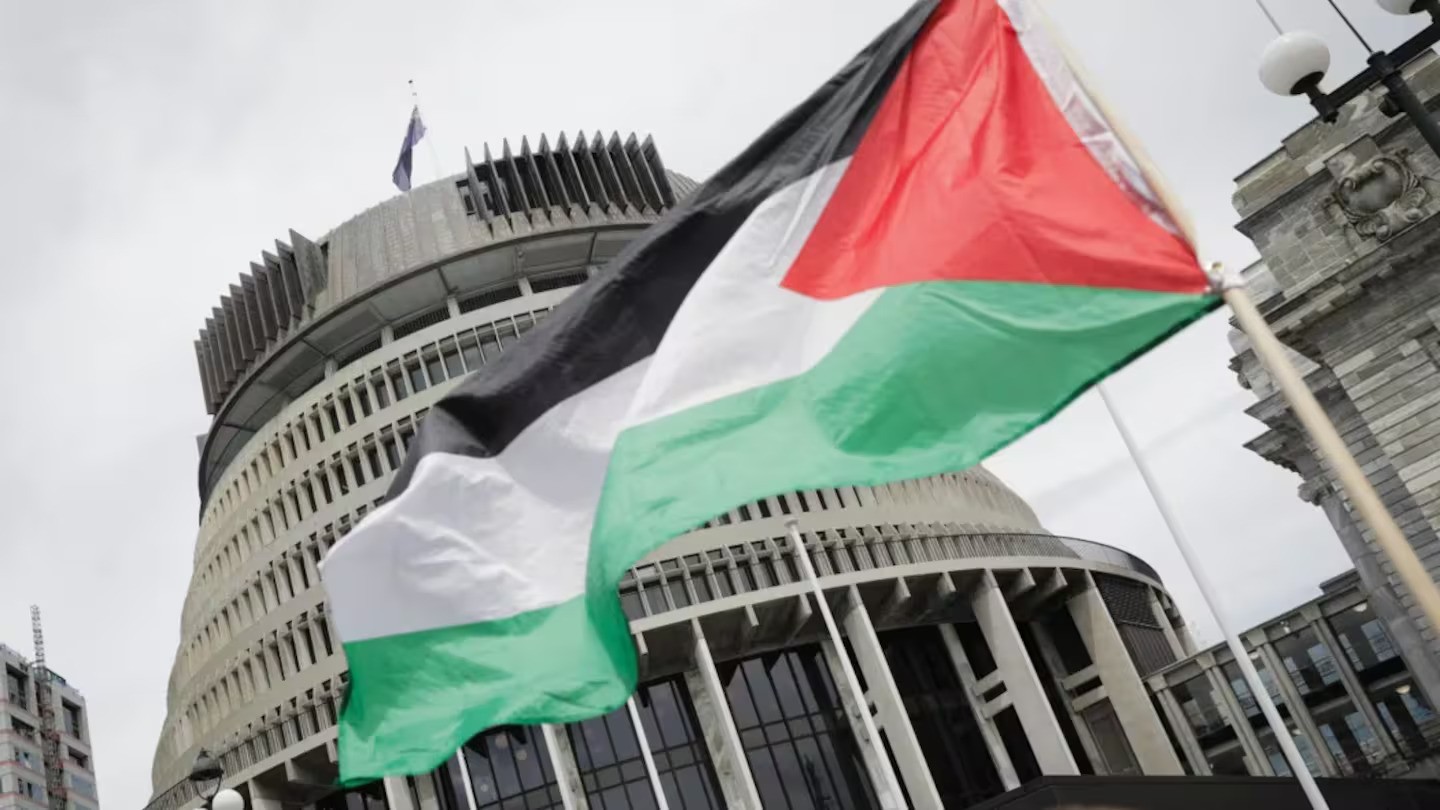Lifestyle
New Zealand’s Foreign Minister Advocates for Tangible Progress in Gaza

New Zealand’s Foreign Minister Winston Peters delivered a speech in New York on October 7, 2023, addressing the ongoing conflict in Gaza and the broader implications for international diplomacy. His remarks came as part of New Zealand’s response to recent global discussions surrounding the Israeli-Palestinian conflict. While his statements attracted attention, the timing and length of the announcement drew criticism, with some arguing that local issues deserved more focus.
Evaluating New Zealand’s Position
Peters’ speech was received positively by some sectors, particularly following constructive feedback from the Herald regarding his performance in a recent boardroom assessment. Known for his sometimes combative demeanor, Peters demonstrated a more nuanced approach, suggesting that New Zealand’s stance was both “logical and sensible.” He contrasted this with the responses from larger nations, which he deemed less substantive.
The Foreign Minister emphasized that while New Zealand’s statements might not capture global attention, the content was grounded in reality. He criticized the United Nations for what he referred to as a reliance on “hot air” rather than actionable solutions. In his view, mere verbal declarations do not lead to meaningful change, underscoring the importance of tangible progress over rhetoric.
Addressing the humanitarian crisis in Gaza, Peters acknowledged the widespread outrage over the violence and suffering resulting from the conflict. However, he argued that recognition of issues should not come at the expense of demands for progress. “Do not ask for recognition while you still refuse to release hostages,” he stated, highlighting the complexities of the situation.
Calls for Action Over Words
Peters advocated for a more proactive approach from both Israel and the Palestinians, urging them to move beyond mere dialogue. He pointed out that the United States would likely play a crucial role in facilitating any potential peace agreement, stating that effective negotiations would require Israeli concessions.
Leaders such as Anthony Albanese, Keir Starmer, and Mark Carney were mentioned as continuing the tradition of what Peters described as “lightweight, verbal frippery” at international forums like the United Nations. In contrast, he asserted that New Zealand’s candid assessment of the situation was a vital contribution, especially for a small nation.
As the international community grapples with the complexities of the Israeli-Palestinian conflict, Peters’ address stands as a call for more substantial engagement and recognition of the urgency surrounding humanitarian issues. His insistence on tangible outcomes reflects a growing sentiment among smaller nations that assertive diplomacy can play a pivotal role in global affairs.
In conclusion, Peters’ speech not only articulated New Zealand’s position but also highlighted the need for a shift from mere acknowledgment of problems to concrete actions aimed at resolving them. The emphasis on tangible outcomes continues to resonate as the world watches the situation in Gaza unfold.
-

 World4 months ago
World4 months agoTest Your Knowledge: Take the Herald’s Afternoon Quiz Today
-

 Sports5 months ago
Sports5 months agoPM Faces Backlash from Fans During Netball Trophy Ceremony
-

 Lifestyle5 months ago
Lifestyle5 months agoDunedin Designers Win Top Award at Hokonui Fashion Event
-

 Entertainment5 months ago
Entertainment5 months agoExperience the Excitement of ‘Chief of War’ in Oʻahu
-

 Sports5 months ago
Sports5 months agoLiam Lawson Launches New Era for Racing Bulls with Strong Start
-

 World5 months ago
World5 months agoCoalition Forms to Preserve Māori Wards in Hawke’s Bay
-

 Health5 months ago
Health5 months agoWalking Faster Offers Major Health Benefits for Older Adults
-

 Lifestyle5 months ago
Lifestyle5 months agoDisney Fan Reveals Dress Code Tips for Park Visitors
-

 Politics5 months ago
Politics5 months agoScots Rally with Humor and Music to Protest Trump’s Visit
-

 Top Stories5 months ago
Top Stories5 months agoUK and India Finalize Trade Deal to Boost Economic Ties
-

 Health2 months ago
Health2 months agoRadio Host Jay-Jay Feeney’s Partner Secures Visa to Stay in NZ
-

 Top Stories2 weeks ago
Top Stories2 weeks agoTongan Star Eli Katoa Shares Recovery Update After Surgery









